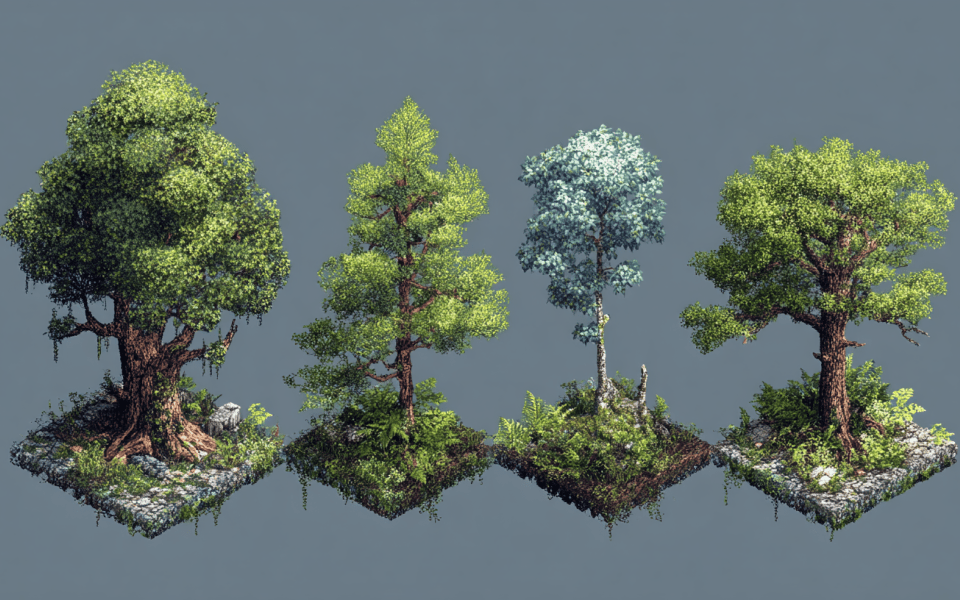
What tangible and intangible traces have the Sámi left in southern and central Sweden?
There is a wealth of rarely acknowledged sources testifying to the historical Sámi settlement in southern and central Sweden, such as loose finds, place names, oral traditions, abandoned settlements, and archival sources. Yet perceptions of the Sámi as a people of the north persist.
The researchers in the project aim to analyze known Sámi communities in southern and central Sweden using historical archaeological methods combined with written evidence and material testimony. These sources will enable them to ascertain what tangible and intangible traces the Sámi have left behind in the study area.
The research team will also study whether continuity in the Sámi settlement pattern can be established, specifically focusing on the early modern and modern situation with tied labor, known as parish Lapps. They will also shed light on the role of traditional Sámi religion during the period and whether continuity from earlier times to modern society can be traced.
Theoretically, the project follows the works of Max Weber and Fredrik Barth, and is based on the notion that ethnicity should be seen as fluid. Ethnicity is not set in stone, but changes in line with other social shifts. Nonetheless, data show that Sámi identity is characterized by strong continuity and resilience. Extensive changes have occurred since the Middle Ages, but Sámi traditions have persisted and developed even far south of Sápmi's perceived borders.
The project consists of a quantitative and a qualitative element. The former involves mapping Sámi artifacts in museum collections and historical, linguistic, and folkloristic evidence. Targeted landscape surveys for Sámi-related remains will also be conducted and compiled in a GIS database.
The qualitative part of the project includes two new archaeological excavations of Sámi settlements in the study area, tentatively projected to be in the counties of Gästrikland and Uppland. The sites have recently been identified by the project team. Additionally, there will be in-depth analyses of two previously investigated Sámi settlements from the 18th century in the towns of Gävle and Järvsö. Both sites yielded rich and extensive finds indicating Sámi building traditions, craftsmanship, diet and religious practices, which have been reported but not analyzed in detail.
The ongoing development of machine learning systems and AI for reading and interpreting older manuscripts (Transkribus) will be applied to the digitized historical source material. This new technology means that documents that previously took hours or days to read and interpret can now be processed in minutes. Previously inaccessible data can now be studied extensively.
The project will be carried out in collaboration with Sámi museums and institutions as well as relevant regional museums.
Project:
“Sápmi's Borders: Surveying Sámi history in southern and central Scandinavia from the medieval to the modern period.”
Principal Investigator:
Professor Jonas Monié Nordin
Co-investigator:
Mid Sweden University
Sven Olofsson
Institution:
Lund University
Grant:
SEK 4.5 million



